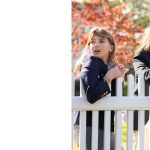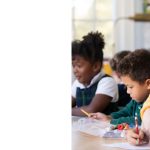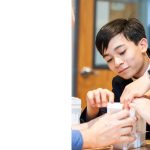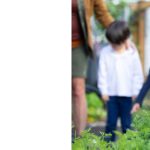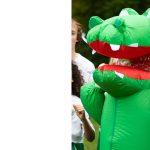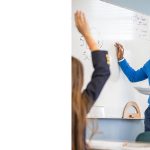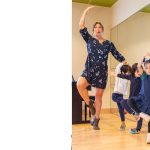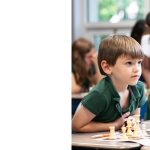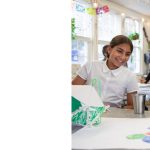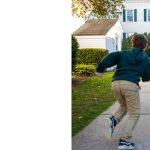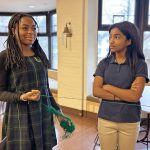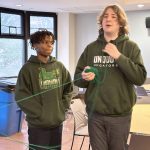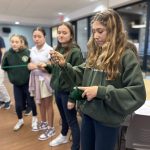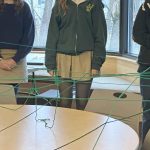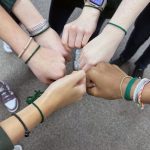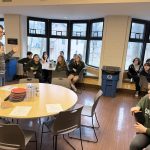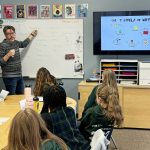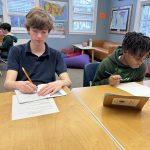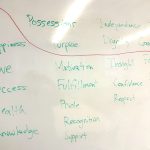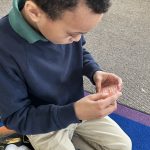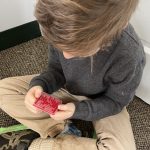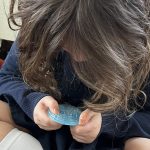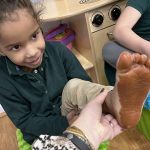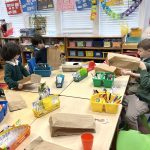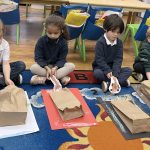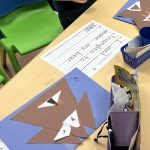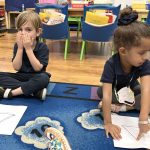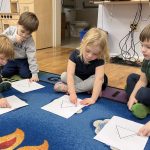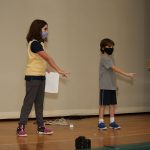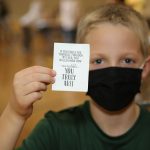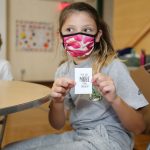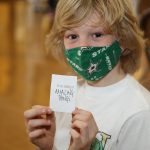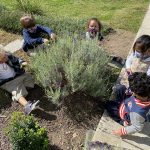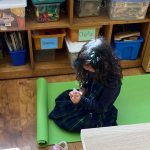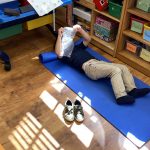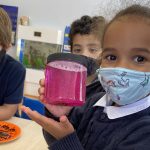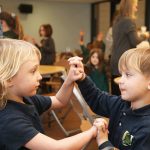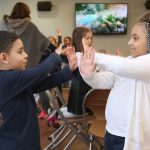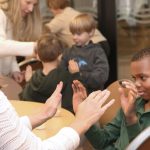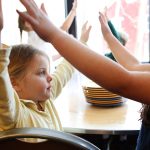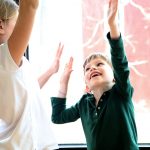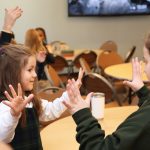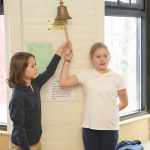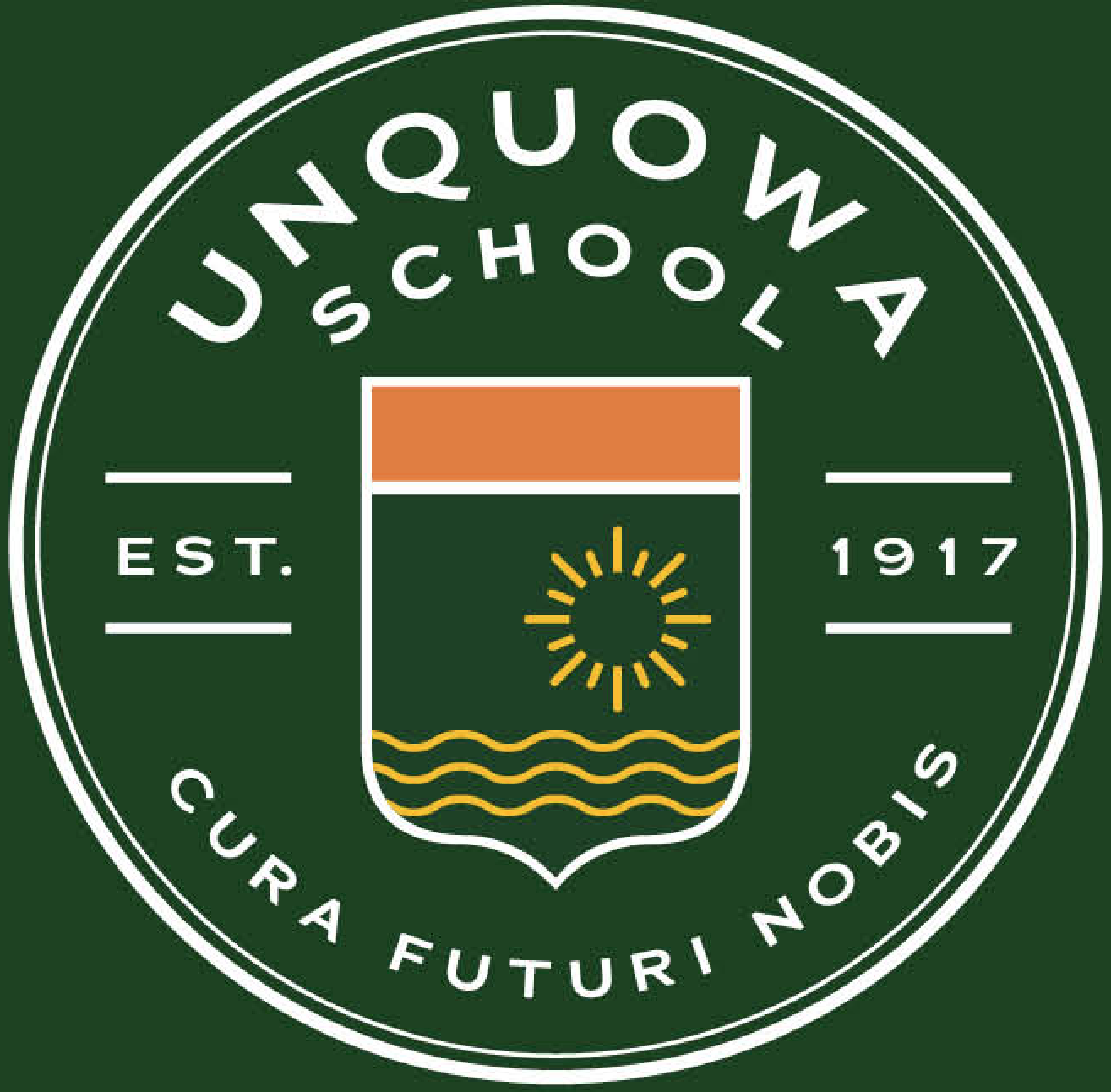Our School-Wide Initiative
Unquowa first launched a school-wide mindfulness initiative in the fall of 2013 for our children, faculty and families. Building on training through Linda Lantieri’s Inner Resilience Program, our initiative has continued to grow. Teachers incorporate mindfulness techniques such as gratitude circles, peace corners, mindful walks and guided listening and contemplative breathing into their classroom activities, advisory and homerooms in ways that encourage focus and reduce stress.
Life Worth Living – Workshop Kick-off
Posted by Ariel Warshaw
On Friday, February 2nd, 8th graders embarked on their first Life Worth Living workshop, facilitated by Dr. Matthew Croasmun, Director of the Life Worth Living Program at the Yale Center for Faith and Culture, and Unquowa faculty, Eric Snow and Ariel Warshaw. This workshop is part of our Life Worth Living ethics series, which includes 3 full morning workshops, and 5 sessions during Advisory. Prior to this first 3-hour morning program, students had explored elements of their own identity through reflection and guided conversations in Advisory, and then considered how societal perceptions influence their identity and desires.
We kicked off the workshop with a team-building exercise that asked the students to consider an element of their identity, and then pass a skein of yarn to a classmate to do the same. The result? A web of yarn that connected each of us to one another – there were lots of knots, some areas with more or less slack, and places we needed to repair. This served to symbolize our interconnectedness with one another, and how we can overcome challenges within ourselves and between each other. We concluded this exercise by cutting the yarn and tying a piece around our wrists, as a reminder of these lessons.
Dr. Croasmun then shared what brought him to consider, “What is really worth wanting in life?” This opened up to a larger conversation with the 8th graders around the question: “What are things people want?” They brainstormed dozens of responses – money, success, happiness, fame, health – and then considered which of these are “means” versus “ends.” Is money the ultimate goal? Or is it a means to achieve something deeper or more worth wanting, like happiness or security? We finished this portion of the workshop by learning about “The 7 Levels of Why”, which pushed students to ask “why?” from their wants, to delve deeper into their own motivations and desires.
We spent the last part of our workshop engaged in a Reflective Structured Dialogue (RSD). Three simultaneous conversations were held and facilitated by Dr. Croasmun, Eric Snow, and Ariel Warshaw. The students in each group opened the conversation by responding to the question, “What does responsibility mean to you?” Then, 8th graders unpacked the following: “Who determines what is worth wanting in life? Why? To whom am I responsible? To whom are we responsible?” Their responses were incredible – nuanced, deep, full of contradictions at times, and beautifully, imperfectly human.
We finished our workshop by looking at a few philosophical responses to these questions, looking at perspectives from Confucius (responsibility to parents), Asad Tarsinn (responsibility to God or a higher power), and Henry Taylor (responsibility to self).
We will continue to build on the theme of responsibility and the question, “What does good life look like?” over the coming weeks. As 8th graders begin to make decisions around and prepare for high school, the topics we explore will be integral to their thinking around what they truly want and who they truly are. We can’t wait to continue learning and growing with them in this process!
A Mindful Maze Moment
Posted by Maureen Diallo
Years ago my Mom came across a set of ball mazes while out shopping one day. She gave me a call and asked if I could use them in my classroom. At the time, I had no idea what I would do with them, or how I would use them with my first graders, but I gladly accepted the offer! Playing with these simple plastic toys brought me back to my childhood when I often received a ball maze in a party favor bag at a birthday party. Boy, did it take a lot of concentration and patience to get the ball to the center of the maze! Then an idea popped into my head, I could use the ball mazes as a mindfulness activity. A simple childhood toy had now become a Mindful Maze Moment! Much like life, choosing the right path can be tricky. A challenge such as a ball maze takes a lot of patience, perseverance, and concentration. Using a ball maze in our classroom has become another way to breathe and focus on the moment, no matter what is going on around you!
Breathe Like a Bear
Posted by Faith Barbuto
Our PreK class has been immersing ourselves in our latest story, Goldilocks and the 3 Bears. It is a perfect story for math connections using math language and size order to describe the bears and their bowls, chairs and beds. We have also been crafting some fun bears using shapes out of simple shapes. Connecting science to literacy we have been learning facts about real bears such as where they live and how they survive harsh winters. Weaving mindfulness into the story we began to practice “bear breaths” which is holding in your breath for 3 seconds. It really calms you down! To reinforce the concept in a concrete way we created bears by painting our feet and made them caves to slumber in. Students practiced putting their bears in the caves and keeping them in for 3 seconds while breathing. When we made our triangle bears we learned a new deep breathing technique called the triangle breath. Try it for yourself and see how a few deep mindful breaths can really shift your mindset!
Sharing Mindfulness
Posted by Carlene Gordon
Our fourth graders are fully engaged in the benefits of mindfulness! Each day in the classroom, we start by opening all the windows, turning off the lights and ringing a chime to signal “Two minutes of mindful listening”. During these two minutes, students are encouraged to practice a recently learned breathing technique or affirmation. We use “square or triangle breathing”, “4:8 breathing” or “heart and belly breath”. Through the use of affirmations, students are learning to offer kind words to others and especially to ourselves. We began thinking of a loved one and then repeating silently in our minds, “May you be happy…May you be healthy…May you be safe…May you be strong”. Then we practiced this same matra focusing on ourselves. Students brainstormed more possible personal affirmations as well, “You are brave…You are kind…You are generous…”. Students were asked, “How do you feel after silently repeating an affirmation to yourself?” The responses included: “I feel safe, I feel calm, I feel ready for the day…”
Later in the day, at lunch time, our fourth graders combine mindfulness practice with leadership skills. Each day, two fourth graders ring the bell and announce to the student body what the chefs have prepared for lunch. Afterwards, the fourth graders lead the dining room in a breathing technique, yoga pose or affirmation before the food is served. This has served as a terrific way to center ourselves, take a moment to breath, acknowledge gratitude and realign for our afternoon at Unquowa. We are so proud of the commitment and leadership and mindfulness skills fourth graders are developing and sharing.
Mindfulness To Go
Posted by Faith Barbuto
The peace corner is typically an integral part of my classroom. In it students can find items to touch, shake or squeeze to learn to regulate their changing emotions and calm themselves down. This year, with COVID precautions limiting how many communal spaces and objects are part of our day, I was left looking for a way to recreate this space for each student. Enter mindfulness to go bags – each child has a labeled bag to keep in his or her chair pouch for easy access. We have added sensory items like bubble wrap, peacock feathers and pom-poms to soothe us when we are upset. Students loved harvesting lavender from the Unquowa garden to create sachets we use for aromatherapy. We even created some for our teachers! A favorite activity was making calm down jars filled with glitter and special sequins to symbolize the people and places that make us feel safe. Each day after lunch we take out our yoga mats and bring a special item from our kit to relax ourselves. Sometimes we do calming yoga together. It is my goal to help students identify their feelings and find appropriate strategies to handle them. I believe it is the most important tool I can give them for a happy life!
Mindfulness is Served…
Posted by Carlene Gordon
Each day after dessert has been enjoyed and the tables are cleared, the final lunch time bell rings out and Lower School students’ attention turns toward the two fourth grade student leaders standing at the front of the room. These two fourth grade leaders announce and demonstrate the activity of the day. Some days it is a breathing technique such as square breathing or 4:8 breaths other days it is yoga pose or a mindful activity such as mirroring. The remaining fourth graders remain at their tables to help guide students and teachers there. Through these brief practices, all of the students are learning to take a few moments at the end of a meal to recenter, refocus and breath in preparation for an afternoon of continued learning, exploration and fun at The Unquowa School.


